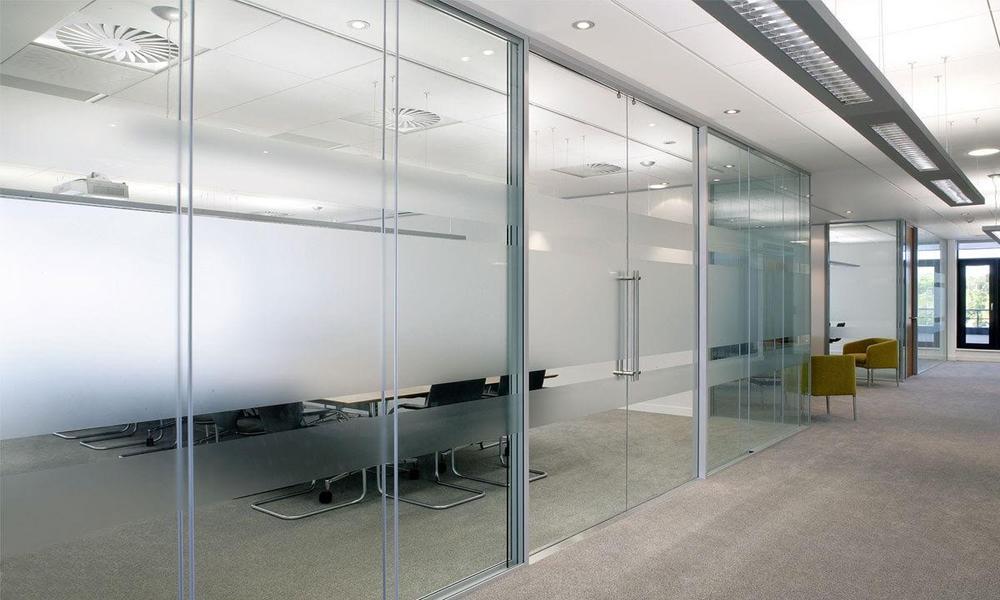Aluminium fabrication work is a versatile and essential process in the manufacturing and construction industries. It involves the shaping, cutting, and assembling of aluminium materials to create various structures, products, and components. With its lightweight yet durable nature, aluminium has become a popular choice for fabrication due to its excellent strength-to-weight ratio, corrosion resistance, and malleability. In this article, we will delve into the world of aluminium fabrication, exploring its applications, techniques, and advantages.
Applications of Aluminium Fabrication
Aluminium fabrication work finds applications in numerous industries, including aerospace, automotive, construction, electronics, and marine. In the aerospace industry, aluminium is widely used for manufacturing aircraft components, such as fuselages, wings, and structural frames, due to its low density and high strength. In the automotive sector, aluminium fabrication is employed to create parts like engine blocks, body panels, and heat exchangers, contributing to improved fuel efficiency and reduced vehicle weight. Additionally, aluminium fabrication is instrumental in constructing architectural structures, such as windows, doors, curtain walls, and roofing systems, owing to its aesthetic appeal, weather resistance, and ease of installation.
Techniques Involved in Aluminium Fabrication
Aluminium fabrication involves a range of techniques tailored to specific requirements. The following are some commonly employed techniques in aluminium fabrication:
● Cutting: Aluminium sheets and profiles are cut into desired shapes using various tools such as saws, shears, and laser cutters. Precision is crucial to ensure accurate dimensions and smooth edges.
● Bending: Aluminium can be bent into different angles and shapes using press brakes or rolling machines. This technique is crucial for forming components like pipes, tubes, and structural elements.
● Welding: Aluminium welding techniques, such as TIG (Tungsten Inert Gas) and MIG (Metal Inert Gas), are utilized to join aluminium parts securely. Welding ensures structural integrity and enhances the overall strength of fabricated aluminium components.
● Forming: Aluminium sheets can be formed into desired shapes through processes like stamping, deep drawing, or hydroforming. These methods allow the creation of complex geometries with high precision.
● Finishing: Surface finishing techniques, such as anodizing, powder coating, or painting, are employed to enhance the appearance of fabricated aluminium products. These processes also provide protection against corrosion, increasing the longevity of the finished items.
Advantages of Aluminium Fabrication
Aluminium fabrication offers several advantages over other materials, contributing to its widespread usage in various industries:
● Lightweight: Aluminium is significantly lighter than other commonly used metals, such as steel. This characteristic makes it ideal for applications where weight reduction is crucial, such as aerospace and automotive industries, without compromising strength and durability.
● Corrosion Resistance: Aluminium naturally forms a protective oxide layer, which makes it highly resistant to corrosion. This property makes it suitable for outdoor applications and environments with high humidity or exposure to corrosive substances.
● High Strength-to-Weight Ratio: Aluminium alloys exhibit excellent strength-to-weight ratios, enabling the creation of robust structures and components while minimizing weight. This advantage translates to improved energy efficiency, reduced material consumption, and increased load-bearing capacity.
● Ductility and Formability: Aluminium is highly malleable, allowing it to be easily formed into various shapes and profiles. This flexibility in fabrication contributes to the production of intricate designs and customized components.
● Recyclability: Aluminium is a fully recyclable material, meaning it can be reused repeatedly without loss of quality. This attribute aligns with sustainable practices, reducing environmental impact and promoting circular economy principles.
You may also like
-
Bright Ideas, Low Bills: A Utah Homeowner’s Guide to Energy-Efficient & Safe Holiday Lighting
-
Your Dream Home Journey: A Step-by-Step Guide to Custom Building in Loganville, GA
-
The Silent Guardians: Singapore’s Tree Pruning Heroes Unveiled
-
Key Factors To Consider When Looking For A Reliable Pavement Contractor
-
Breathe Better for Less: Exclusive Deals on High-Performance Air Purifiers

